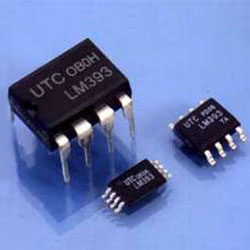
As overpriced or uncompelling as some of these IAs are, successful technology is not far off. Along with everything else, achieving that success depends on good audio.
It cannot be left behind. If you doubt this, try listening to a home theater system without surround sound and a subwoofer. Good audio predicts good success.
Yet the audio quality on most devices is inferior. Typical signal-to-noise ratios measure in the 60 to 70 dB range (re -20 dBFS), which is about 5-10 dB worse noise than good portable CD players.
They tend to suffer from non-flat frequency responses (bass and treble boost being the biggest offenders) with limited low frequency response (typically rolled off beginning at 60 Hz apparently to compensate for lousy headphones) and some high frequency responses stopping as low as 5 kHz. (Line outputs have better frequency response and noise level than headphone outputs.)
Total harmonic distortion plus noise is not awful, usually below 0.1%. None of this is MP3’s fault. (See Karlheinz Branderburg’s excellent overview paper, “MP3 and AAC Explained” contained in The Proceedings of the AES 17th International Conference: High-Quality Bit Coding, Audio Engineering Society, 1999.)
Throughout all the early years, cassette machines sold their convenience over phonograph records and downplayed their inferior audio quality.
But eventually market competition brought the audio quality level up to par, or even better than phonographs. It seems we are repeating history once again with inferior audio quality on IAs. Hopefully the demand for higher performance will accelerate the process.
But it’s not going to be easy. Blesser & Pilkington in “Global Paradigm Shifts in the Audio Industry” (J. Audio Eng. Soc., Vol. 48, Nos. 9 and 10, September and October 2000) point out persuasively that consumers are more than willing to give up audio quality for convenience, portability and price.
Their report uses the rapid growth in Internet audio as an example of the acceptance of low-quality audio by consumers willing to make the trade-off for something totally new (MP3 audio, for instance).
In spite of what is claimed, there is no comparison between Internet audio and CD-quality, yet the success of MP3 is undeniable—overwhelming even. It is hard to find any examples that compare to this phenomenon. And it happened with audio quality that is “good enough.”
